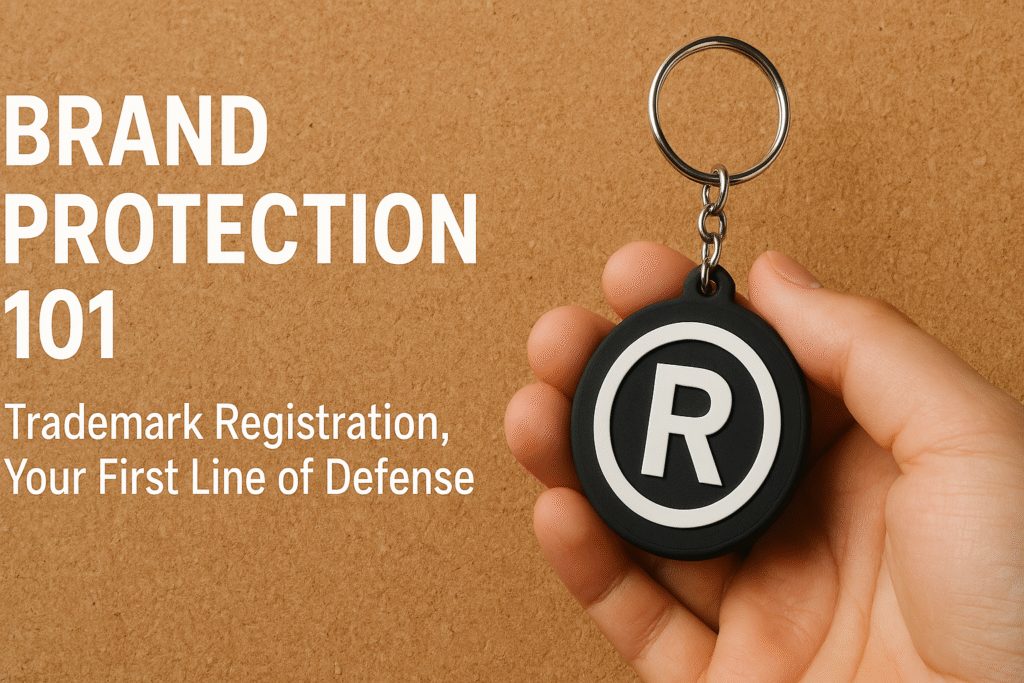Published on: 22nd October 2025
Authored by: Rashi Agarwal
Manipal University Jaipur
Court: House of Lords (on appeal from Exchequer Chamber, England)[1]
Bench: Lord Cairns LC, Lord Cranworth, Lord Chelmsford, Lord Colonsay, and Lord Wensleydale
Date of Judgment: 17 July 1868[2]
Relevant Provisions/Statutes: Common Law – Principle of Strict Liability in Torts[3]
Brief Facts:
The case of Rylands v Fletcher arose from an incident in Lancashire, England. The defendant, Rylands, possessed a shop and constructed a large force on his land to supply water for it. During construction, masterminds failed to duly check the land beneath the force. [4]Unknown to Rylands, there were rejected mine shafts and subsurface passages under, which connected to the complainant Fletcher’s working coal mines on conterminous property.
When water was let into the force, it burst through the abandoned shafts and swamped Fletcher’s mines, causing severe damage and fiscal loss. Fletcher had no previous warning of the force’s construction or of the implicit threat involved. He filed a suit against Rylands, professing damage caused by the escape of water from Rylands’ land.
Rylands argued that he’d no knowledge of the mine shafts and that independent contractors were responsible for the construction. Despite the absence of negligence or intent to harm, the courts held that Rylands was liable. The incident raised a abecedarian legal question can someone be held responsible for damages caused by legal acts on their land if they affect in detriment to others?
Issues:
- Liability Without Negligence [5]
Whether a person can be held liable for damage caused by a dangerous thing brought onto their land, indeed when there’s no negligence or intent to beget detriment. The case tested the boundaries of fault- grounded liability in English tort law.
- synthetic Use of Land [6]
Whether storing large volumes of water in a force amounts to a” synthetic” use of land. The court had to determine if similar operation exceeded ordinary or reasonable use, thereby creating an increased threat to bordering parcels.
- Duty to check and help threat [7]
Whether the defendant had a duty to completely check land and underground structures before constructing the force. It questioned whether ignorance of underground mine shafts excused liability for performing damage.
- part of Independent Contractors [8]
Whether employing independent contractors acquitted the defendant of responsibility. Rylands argued that contractors, not he, were careless. The court had to decide if delegation of work removes legal responsibility.
- Foreseeability of detriment [9]
Whether foreseeability of damage is necessary to establish liability. The court examined if Rylands demanded to prevision the eventuality for flooding due to underground connections to be held liable.
- preface of Strict Liability [10]
Whether a new legal principle — strict liability — could be applied, making coproprietors liable for damages caused by dangerous effects escaping their land, anyhow of fault. The case introduced a corner rule in tort law.
Judgment:
- Establishment of Strict Liability Rule [11]
The court held that a person who brings and keeps commodity potentially dangerous on their land is rigorously liable for any damage it causes if it escapes. This liability applies indeed when there’s no negligence or unlawful intention, marking a departure from fault- grounded principles.
- Duty to help Escape of Dangerous Substances [12]
Rylands had a duty to insure that the water in his force did n’t escape. The court stated that anyone who collects and keeps dangerous substances on their land must take absolute care to confine them and help damage to others.
- synthetic Use of Land Principle [13]
The judgment emphasized that liability arises only when the use of land is” synthetic.” Constructing a force was supposed beyond ordinary land use, therefore adding the threat to bordering parcels. Natural or ordinary operation might not attract similar liability.
- Knowledge of Underground Shafts inapplicable [14]
The court rejected Rylands’ claim that he demanded knowledge of the underground mine shafts. It ruled that indeed if the defendant was ignorant, he was still liable because the escape of water caused factual damage to the neighboring property.
- Independent Contractor’s Negligence Does Not Excuse Liability [15]
Rylands argued that the contractors were at fault. still, the court clarified that delegating the construction work to third parties does n’t pure the squatter from liability for the consequences of what’s done on their land.
- Damage Must Be the Natural Consequence of Escape [16]
The House of Lords stated that strict liability only applies when the damage is the natural result of the escape. In this case, the flooding of Fletcher’s mine was a direct and foreseeable outgrowth of the water’s escape from the force.
- Distinction Between Acts of God and Human Action [17]
The court noted that strict liability does n’t apply if the escape is caused by an act of God or an unforeseeable natural event. still, since the flooding was due to mortal construction, the defense of act of God could n’t apply.
- Foundation for Strict Liability in English Law [18]
The case laid the foundation for the legal doctrine of strict liability in tort. It created a precedent where a person may be held responsible for detriment caused by dangerous conditioning, irrespective of negligence or intent.
- Public Policy Considerations
The judgment reflected public policy favoring the protection of innocent property possessors. It aimed to hold individualities responsible for creating extraordinary pitfalls and shifted the burden of loss from the injured party to the person creating the peril.
- Judgment in Favour of Fletcher [19]
The final ruling upheld the lower court’s decision and set up in favor of Fletcher. Rylands was ordered to compensate Fletcher for the damage caused by the water that had swamped the mine, buttressing the principle of absolute liability for dangerous escapes.
Ratio Decidendi:
The core legal principle laid down in Rylands v Fletcher is that a person who, for their own purposes, brings onto their land and keeps anything likely to do mischief if it escapes, is rigorously liable for all the damage which is the natural consequence of its escape. This liability applies indeed if the person was n’t careless, did n’t intend detriment, and had employed independent contractors for the exertion.
The case introduced the doctrine of strict liability in English tort law, where fault or negligence need not be proven. The court emphasized that liability arises particularly when the use of land is supposed synthetic, i.e., extraordinary, special, or dangerous, and poses increased threat to bordering parcels. In similar circumstances, the person bearing the exertion bears the responsibility of icing no detriment arises from it.
This rule was designed to cover the rights of property possessors from damage caused by abnormal land use by others. It was predicated in principles of fairness and public policy, icing that those who produce pitfalls bear the burden of managing them. The decision came a corner precedent and remains a foundational element in tort law encyclopedically.
Final Decision:
The House of Lords upheld the decision of the Exchequer Chamber and ruled in favour of the complainant, Fletcher. The Court held that Rylands was rigorously liable for the damage caused by the escape of water from the force constructed on his land. It established that indeed though Rylands did n’t act negligently and had no knowledge of the old mine shafts, he was responsible because he introduced a potentially dangerous element — large volumes of water — on his property, which eventually caused detriment when it escaped.
The Court rejected the argument that the negligence of independent contractors acquitted Rylands of liability, asserting that the person who brings or permits a dangerous substance to be stored on their land must be responsible if it escapes and causes foreseeable damage.
therefore, the final decision created a new legal doctrine in tort law [20]— strict liability for dangerous acts — irrespective of fault or intent. Rylands was ordered to compensate Fletcher for the loss suffered due to the flooding of his coal mine. This judgment permanently altered the geography of tort law by assessing liability grounded on the essential threat of an exertion, and not just on negligence or fault.




